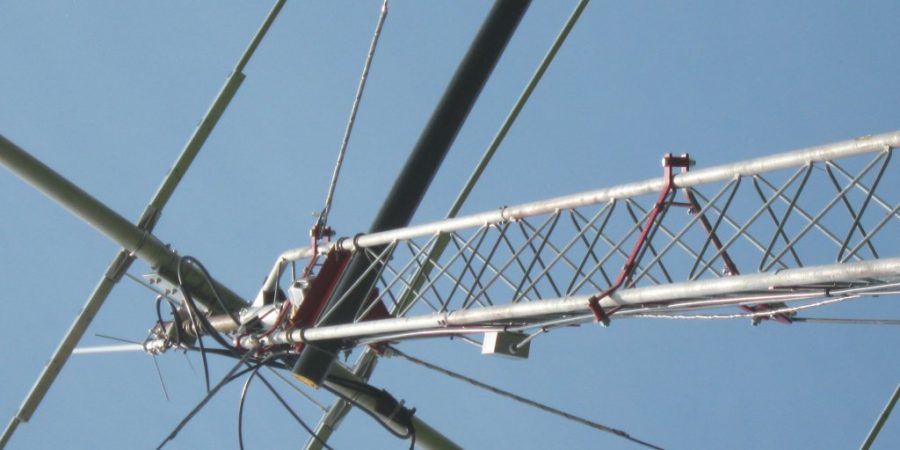Darrell K. Peters AE0GU
Darrell has been licensed since February 2015 when he passed both the Technician and General exams at Boone, IA. He then upgraded to Extra June 25, 2019, at Council Bluffs.
Darrell’s interest in radio began as a kid with a crystal radio. He became more interested in Ham Radio when his neighbor had a slider (VFO) on a CB radio that allowed them to hear ham radio operators. Darrell studied the code but couldn’t make a go of it so he did not advance to ham radio until after he retired and had time to study after the code requirement was dropped.
Darrell is a Navy veteran serving from February 1964 until his discharge from active duty in 1968. His rate patch was a crossed pipe wrench and metal shear. For those of us who are not Navy educated or indoctrinated, this means he was a ship fitter who was qualified as a plumber and in sheet metal work. When the ship he was assigned to return from the Pacific two days before his four-year enlistment was completed, the Navy transferred Darrell to the inactive reserves for the remaining two years of his six-year obligation.
Darrell retired from Kellogg’s in Omaha where he worked in maintenance.
Two years ago, he began to think that his trapped dipole and flag pole vertical was not as effective as he would like and began plans to put up a tower with a beam antenna. The pictures which accompany this article show how well Darrell planned and executed his tower installation. It is, in my estimation, first-class all the way!
The yagi is a Mosley Pro-67 C3 on forty-eight (48) feet of Rohn 25 with a mast pipe putting the Mosley at approximately fifty (50) feet. A quick search on the Mosley site says, “One antenna, 4 Elements on 10, 3 Elements on 12, 3 Elements on 15, 3 Elements on 17, 3 Elements on 20, 1 Element on 30 Meters and 3 Elements on 40 Meters. All with one Feed Line!”
Darrell also has a dual-band VHF/UHF vertical mounted on the yagi’s mast pipe. The tower guys are Phillystran cable and are amazingly strong and easier to work with than galvanized wire guys. At the other end of the coax, Darrell is running a Kenwood TS-590SG.
Darrell has also attached an off-center fed (OCF) antenna. He uses the OCF antenna to listen for band activity and then determines the location of the station he is hearing, then switches to the yagi. This allows Darrell to work stations that he might not otherwise hear on the yagi because of its directional properties.
